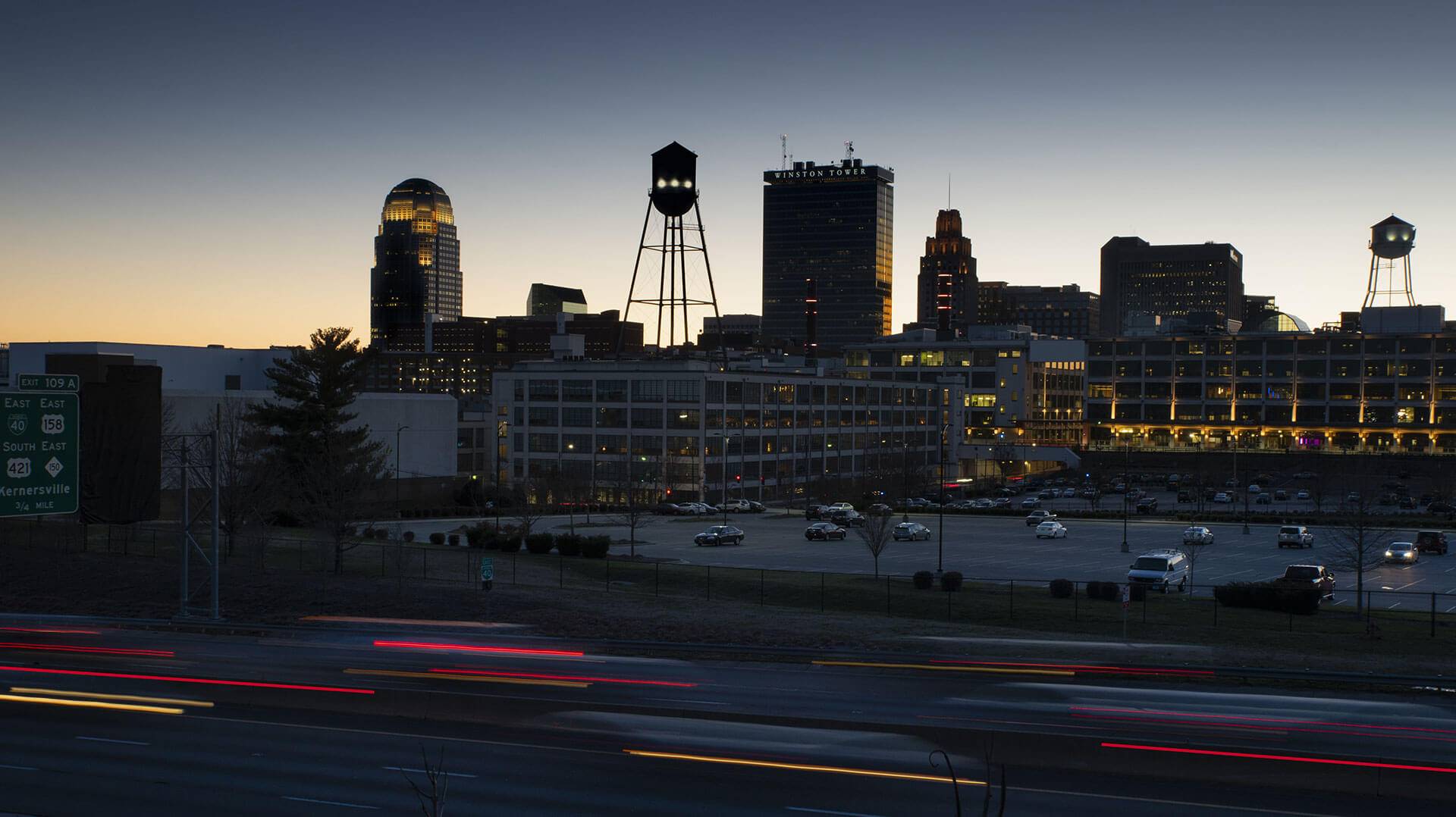

In the 1920s, Winston-Salem’s population had grown so large that it was the largest city in the state.Īfter the merger, tobacco continued to play a significant role in the area. In 1913, the municipalities were merged and incorporated as Winston-Salem. The post office referred to the neighboring towns as Winston-Salem, which led to the establishment of a separate post office in the late 19th century. By the end of the 1880s, the town had a total of nearly 40 tobacco factories. However, growth soon picked up with the connection through the North Carolina Railroad and the establishment of a tobacco warehouse.

Unlike Salem, Winston was a small town that saw little growth in its earliest years. A new city was formed in 1849 that was named Winston. Salem was initially founded in 1753 and was incorporated as a town in 1856. Winston-Salem has an unusual name as the result of a merger between the towns of Salem and Winston. Though growth has slowed a bit, recent estimates show that the population is up 5.5% since the last census, indicating that the city will soon hit its next milestone of 250,000 residents. The city reached over 100,000 residents at the time of the 1960 census and continued to reflect steady growth before surpassing 200,000 residents by the time of the 2010 census. Winston-Salem has continuously seen growth in its population at almost every 10-year census. Novant Health, Winston-Salem/Forsyth County Schools, the city and county governments, and Reynolds American are also top employers, providing jobs to thousands of people throughout Winston-Salem. The Wake Forest Baptist Medical Center is Winston-Salem’s biggest employer, providing jobs to over 11,000 people.

The city’s economy is primarily centered on the health care industry. There are also a minority of residents that follow Eastern religions. Other religions observed in Winston-Salem include Methodist, Catholicism, and Lutheran, to name a few. The largest religious group is Baptists, which make up almost 16% of the total religious population. Over 54% of residents are affiliated with a religion. This city is known for being one of the most religious in the state. Winston-Salem Population and Religion Statistics The city has a long and fascinating history that has led to such nicknames as “Camel City” for its connection with the tobacco industry and “City of Arts and Innovation.” Winston-Salem is the fifth most populous city in the state with recent estimates showing a population of people. Winston-Salem is part of the Piedmont Triad region.


 0 kommentar(er)
0 kommentar(er)
